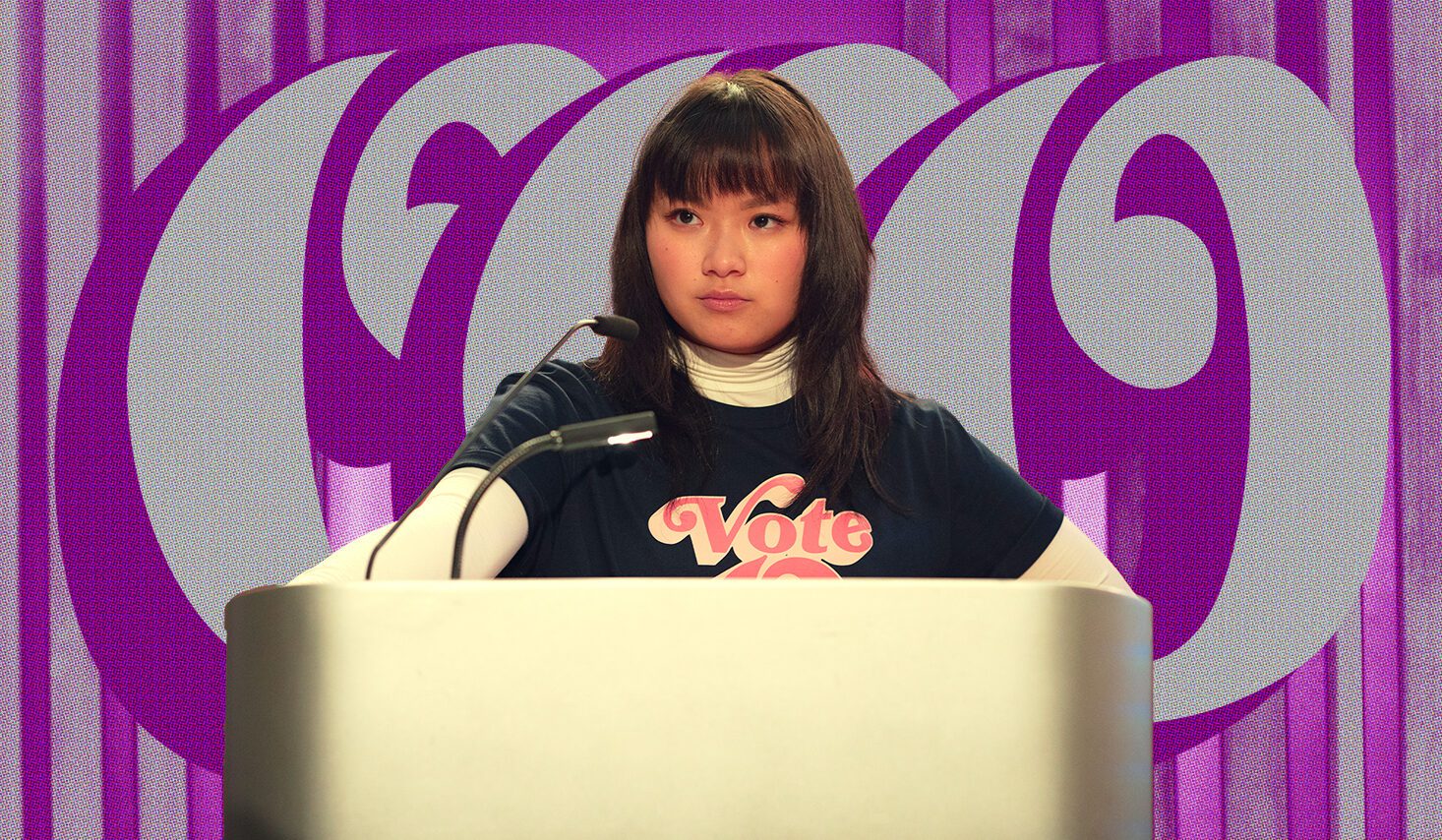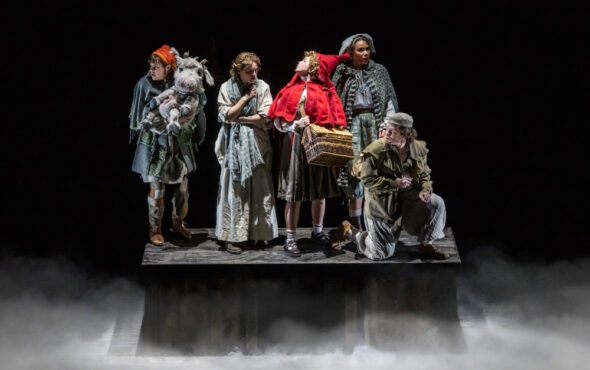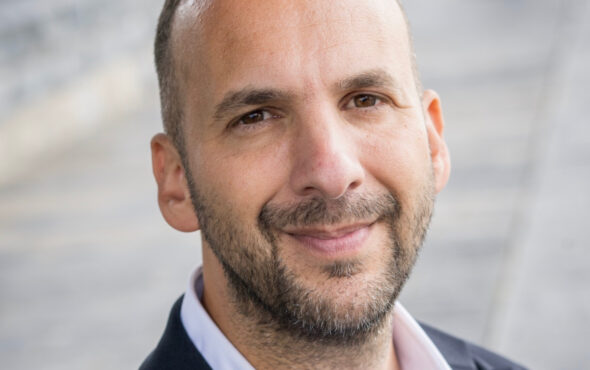
There is a new kid on the block in Sex Education season four. The fierce, competitive, badass Sarah ‘O’ Owen is a fantastic rival to Otis for the college’s best “sex therapist”. And, she’s asexual.
O is the second asexual character to appear in Sex Education – the first being Florence who appeared in just one episode in series two. Watching Florence’s storyline was an important moment in my personal journey with accepting my asexuality: it gave me a mainstream example of someone who was like me. But Florence’s appearance was short, leaving so much more potential for ace themes and experiences to be explored in a show that is all about teenagers finding themselves and navigating society’s views on sexuality.
O’s role in giving advice to other characters also makes a very important point. It shows that not only can ace people be knowledgeable about the topic of sex and relationships, just like anyone else, but also that asexual people have a perspective that is worth listening to; we are adding to the conversation and shouldn’t be excluded.
This storyline counters the stereotype of asexuals being “innocent” and ignorant when it comes to sex and romance. Instead, O actively seeks to help her fellow students in these areas. We see that after realising she was different, young O took an interest in everything around relationships, sexuality and identity, studying these topics and giving genuine and helpful advice to her Cavendish College peers. The depth of her knowledge means that none of O’s classmates suspect she’s asexual, until she is outed later in the season, adding another important layer to her story.
O speaks about realising she was asexual at the same time everyone else realised they weren’t. This reflects the experience of Yasmin Benoit, who was the asexual consultant on the series. This series goes more in depth into an issue mentioned by series two’s Florence, the myth that asexual people are “broken” in some way. This series shows how there is so much pressure on young girls to talk about boys, to have crushes, to fit in and act ‘normal’. O’s character means so much to me because she gives us a complicated, well-rounded character with a story that allows for exploration of the asexual experience.
O’s outing storyline is a part of the series that felt particularly groundbreaking to me. Coming out, or sadly in some instances being outed, is an experience unique to the LGBTQIA+ community, and seeing this topic being discussed by an ace person validates that we have this experience too. Research has shown that more than a quarter of asexual young adults feel excluded from the LGBTQIA+ community, but O’s coming out is treated like any other coming out. O’s asexuality is automatically treated as a LGBTQIA+ identity, and when O is outed, it is treated with the same seriousness as if a gay, bisexual, or trans character had been outed.
There is always room for improvement, and I would have liked to have seen Sex Education tackle the issue of acephobia, something which is largely overlooked. But overall, I really liked what the character of O brought to the conversation around ace identities. She doesn’t conform to stereotypes, is a great friend, and an excellent mentor to those around her. Keep an eye out for the black ring O wears on her right hand too, a little piece of asexual culture being shown on screen.
Sarah volunteers as an ambassador for Just Like Us, the LGBT+ young people’s charity. LGBT+ and aged 18 to 25? Sign up here!



